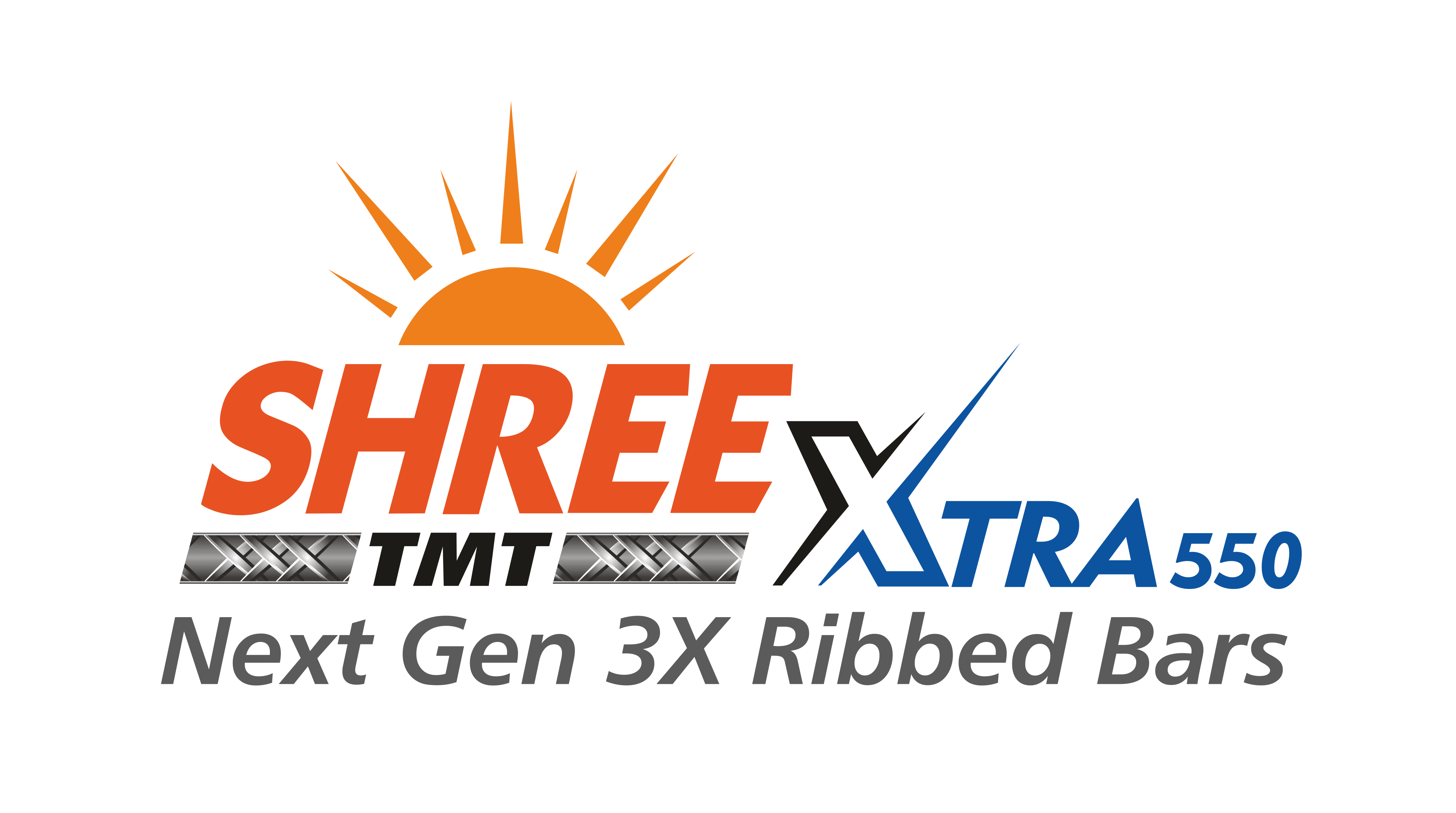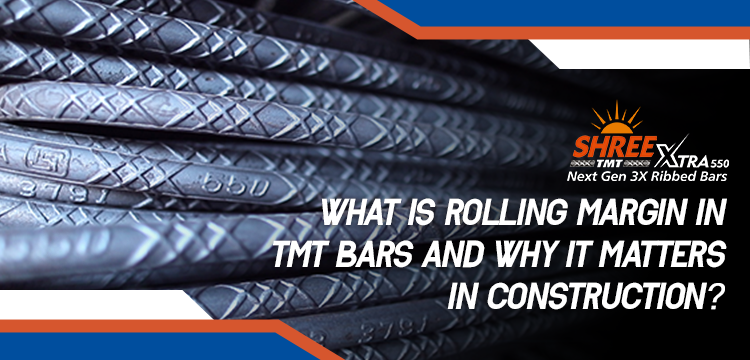What is Rolling Margin in TMT Bars and Why It Matters in Construction?
When it comes to construction projects, the quality and precision of TMT bars (Thermo-Mechanically Treated bars) play a crucial role in ensuring structural integrity. One technical specification that significantly impacts the performance of reinforcement steel is the rolling margin – a critical parameter that construction engineers and contractors must understand for safe, durable building construction.
Understanding Rolling Margin in TMT Steel Bars
Rolling margin refers to the permissible deviation in the nominal diameter of TMT bars during the steel manufacturing process. According to Indian Standards (IS 1786:2008), reinforcement TMT bars are allowed a specific tolerance range in their diameter, which is expressed as a percentage of the nominal diameter. This margin accounts for the natural variations that occur during the steel rolling process in TMT bar manufacturing.
For construction materials like TMT bars, if you purchase 12mm reinforcement steel, the actual diameter might vary slightly within the prescribed rolling margin limits. This variation is not a manufacturing defect but a standard allowance that ensures consistent production while maintaining structural requirements for building construction.
The rolling margin calculation for TMT reinforcement steel follows a straightforward formula:
Rolling Margin = (Actual Diameter – Nominal Diameter) / Nominal Diameter × 100
Step-by-Step Calculation Process:
- Measure the actual diameter at multiple points along the TMT bar using precise measuring instruments
- Take the average of these measurements to get the actual diameter
- Apply the formula to calculate the percentage deviation
Rolling Margin Standards as Per IS 1786:2008
The Indian Standard IS 1786:2008 specifies the following rolling margin tolerances for TMT steel bars:
- For reinforcement bars up to 20mm diameter: +3% to -5%
- For steel bars above 20mm diameter: +3% to -3%
These tolerance limits for construction materials mean that:
- A 12mm TMT bar can have an actual diameter ranging from 11.4mm to 12.36mm
- A 25mm reinforcement steel bar can have an actual diameter ranging from 24.25mm to 25.75mm
The standard also specifies that the cross-sectional area calculated from the actual diameter should not be less than 95% of the nominal cross-sectional area, ensuring structural integrity is maintained even with dimensional variations in building construction.
Why Rolling Margin Matters in Construction Projects
Structural Calculations and Load-Bearing Capacity
Rolling margin directly affects the cross-sectional area of TMT bars, which influences the load-bearing capacity of reinforced concrete structures. Construction engineers must account for these variations when calculating structural requirements to ensure safety margins are maintained throughout building construction projects.
Cost Implications for Construction Materials
Understanding rolling margin helps contractors and builders make informed purchasing decisions for construction materials. TMT bars with tighter tolerances might cost more but provide better predictability in structural calculations. Conversely, reinforcement steel with wider margins might be more economical but require careful consideration during design phases.
Quality Control and Compliance
Rolling margin serves as a quality control parameter for construction materials. Reputable TMT bar manufacturers like Shree TMT maintain strict adherence to IS 1786:2008 standards, ensuring that their steel bars consistently fall within prescribed tolerance limits. This consistency is crucial for maintaining structural integrity across large construction projects.
Regular testing and quality checks verify that manufactured TMT bars meet the specified rolling margin requirements, with particular attention to ensuring the cross-sectional area remains above the 95% threshold mandated by the standard.
Compliance with IS 1786:2008 Standards
Adherence to IS 1786:2008 rolling margin standards is mandatory for all TMT bar manufacturers in India. These standards ensure uniformity across the construction industry and provide engineers with reliable parameters for structural design. When reinforcement steel consistently meets these tolerance requirements, it guarantees predictable performance in concrete structures.
Impact on Construction Projects
When TMT bars exceed the rolling margin limits, several issues can arise in building construction. Oversized steel bars may create problems during concrete placement, while undersized reinforcement bars might compromise structural strength. Both scenarios can lead to construction project delays, increased costs, and potential safety concerns.
Professional construction engineers and contractors must verify that their TMT bar suppliers consistently deliver construction materials within the specified rolling margin. This verification process involves regular testing and quality checks to ensure compliance with national standards for reinforcement steel.
Choosing the Right TMT Bars for Construction
When selecting TMT bars for construction projects, it’s essential to partner with manufacturers who maintain rigorous quality control measures for their construction materials. Shree TMT’s commitment to precise manufacturing processes ensures that our steel bars consistently meet rolling margin specifications, providing builders with reliable reinforcement steel for their projects.
Conclusion
Rolling margin in TMT bars represents more than just a technical specification – it’s a critical factor that influences structural safety, cost-effectiveness, and construction project success. By understanding and prioritizing this aspect of construction materials, building professionals can make informed decisions that contribute to constructing stronger, safer structures.

